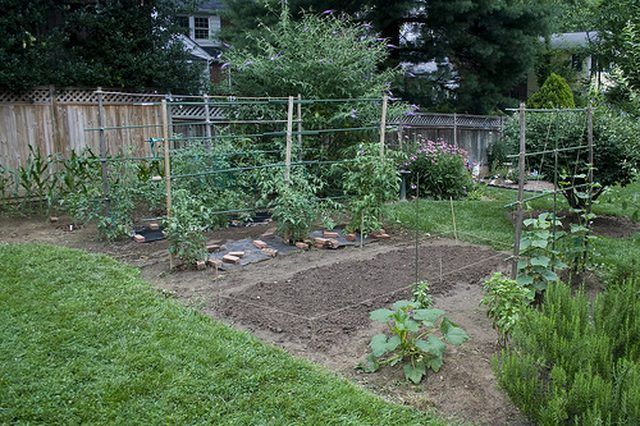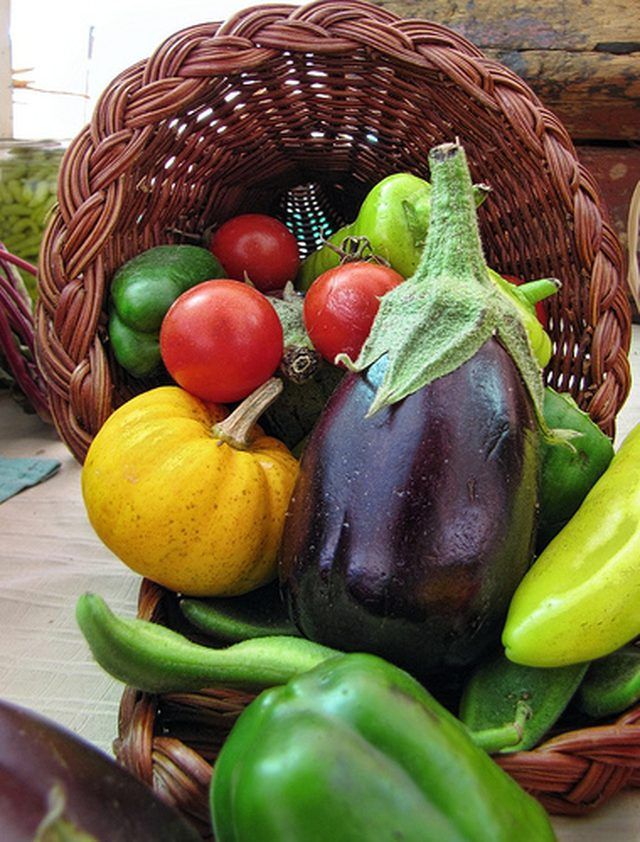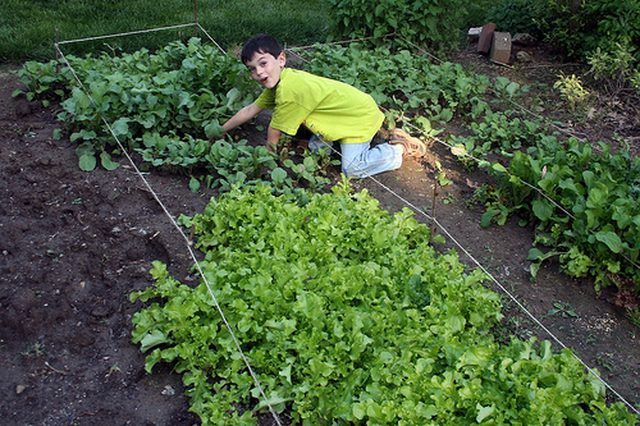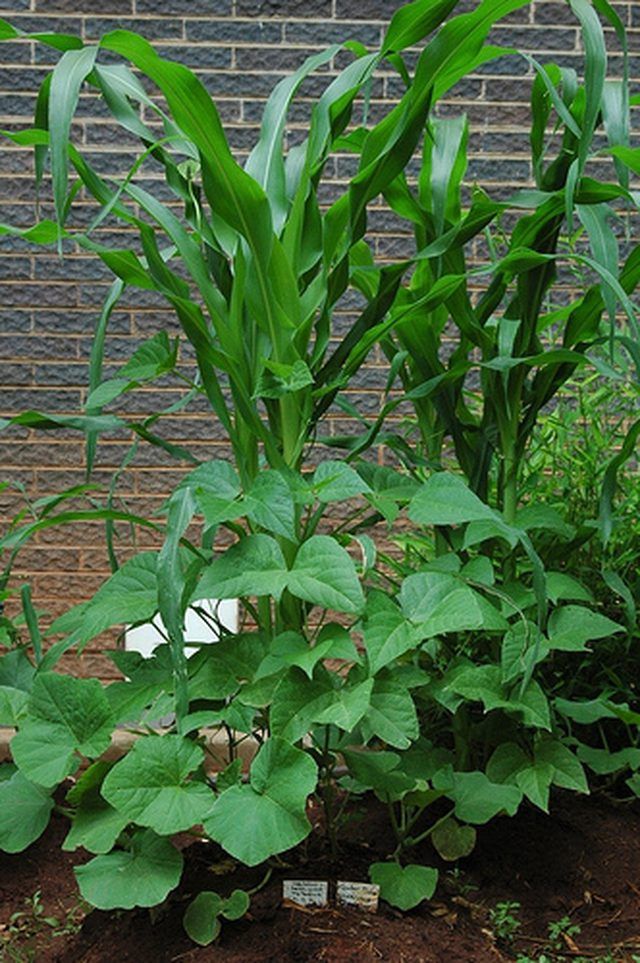Bulbs
Flower Basics
Flower Beds & Specialty Gardens
Flower Garden
Garden Furniture
Garden Gnomes
Garden Seeds
Garden Sheds
Garden Statues
Garden Tools & Supplies
Gardening Basics
Green & Organic
Groundcovers & Vines
Growing Annuals
Growing Basil
Growing Beans
Growing Berries
Growing Blueberries
Growing Cactus
Growing Corn
Growing Cotton
Growing Edibles
Growing Flowers
Growing Garlic
Growing Grapes
Growing Grass
Growing Herbs
Growing Jasmine
Growing Mint
Growing Mushrooms
Orchids
Growing Peanuts
Growing Perennials
Growing Plants
Growing Rosemary
Growing Roses
Growing Strawberries
Growing Sunflowers
Growing Thyme
Growing Tomatoes
Growing Tulips
Growing Vegetables
Herb Basics
Herb Garden
Indoor Growing
Landscaping Basics
Landscaping Patios
Landscaping Plants
Landscaping Shrubs
Landscaping Trees
Landscaping Walks & Pathways
Lawn Basics
Lawn Maintenance
Lawn Mowers
Lawn Ornaments
Lawn Planting
Lawn Tools
Outdoor Growing
Overall Landscape Planning
Pests, Weeds & Problems
Plant Basics
Rock Garden
Rose Garden
Shrubs
Soil
Specialty Gardens
Trees
Vegetable Garden
Yard Maintenance
What Vegetables Do You Group Together in the Garden?
What Vegetables Do You Group Together in the Garden?. Despite generations of trial and error, companion planting--or multi-cropping, as it is also known--is still an incomplete science. Some theories suggest that correct combinations improve soil aeration or moisture management. Other hypotheses suggest that complementary vegetable combinations...

Despite generations of trial and error, companion planting--or multi-cropping, as it is also known--is still an incomplete science. Some theories suggest that correct combinations improve soil aeration or moisture management. Other hypotheses suggest that complementary vegetable combinations result in improved soil quality. Although these ideas are still under investigation, years of observation have yielded valuable guidelines that can boost the yields in your vegetable garden.
Tomatoes
Tomatoes are vegetable garden standards. Although these thirsty plants may seem labor intensive, they play very well with other plants and vegetables, including basil, lettuce, carrots, celery, chives, cucumbers, nasturtiums, peppers, bush beans, cabbage, and marigolds. Marigolds act as pest deterrents, while other vegetable plants provide needed shade at the roots of the tomato plant, helping to regulate moisture evaporation. Tomatoes are not good companions, however, for pole beans, dill, fennel, or potatoes.

Leafy Vegetables
Lettuce and spinach aren't just good for you; they make great mulch crops that can be interplanted with most plants. Spinach doesn't like potatoes. Lettuce, however, works with everything.

Corn, Squash, and Pole Beans
Native Americans grew companion crops that included corn, squash, and pole beans. Nutrient rich and a complete source of protein for humans, these three plants literally support each other physically as well as nutritionally.

Onions
Onions don't like beans or peas, but they work well with most other garden favorites, and they also help repel pests.
Beans
Beans are not only good companions for many vegetables, they also improve soil by adding nitrogen.
Potatoes
Potatoes grow well with bush beans, cabbages, corn, peas, and marigolds, but should be located well away from cucumber, pumpkins, tomatoes, and squash.